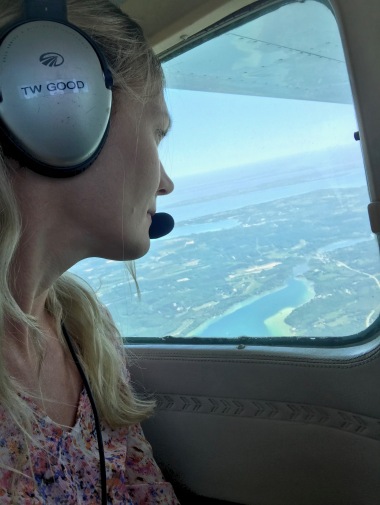
(Left to right) Cristiane Surbeck, PE, D.WRE, EWRI President (2018), Associate Professor, Department of Civil Engineering, University of Mississippi; Sridhar Kamojjala, PE, D.WRE, EWRI 2018 Conference Chair, Las Vegas Valley Water District; Deborah H. Lee, PE, D.WRE, Past President American Academy of Water Resources Engineers, NOAA GLERL Director
By Deborah H. Lee, Director, NOAA Great Lakes Environmental Research Laboratory
Recently, I had the opportunity to bring NOAA in the Great Lakes to the 2018 World Environmental and Water Resources Congress. The conference, held in Minneapolis the first week of June, brought together of several hundred civil engineers and members of the Environmental Water Resources Institute (EWRI). The Institute is the largest of the American Society of Civil Engineers’ 9 technical institutes, with about 20,000 members serving as the world’s premier community of practice for environmental and water-related issues.
As the invited keynote luncheon speaker, I presented, “Keeping the Great Lakes Great: Using Stewardship and Science to Accelerate Restoration.” In keeping with this year’s theme of “Protecting and Securing Water and the Environment for Future Generations,” my focus was NOAA’s science and restoration success stories, highlighting the many accomplishments of the Great Lakes Restoration Initiative.
I took the audience on a virtual tour of NOAA’s most exciting and innovative projects. Among those discussed were Areas of Concern, preventing and controlling invasive species, reducing nutrient runoff that contributes to harmful/ nuisance algal blooms, restoring habitat to protect native species, and generating ground-breaking science.
I purposefully took a multimedia approach in reaching out to the EWRI community, recognizing that not all may be familiar with the Great Lakes and NOAA’s role in the region. To keep the audience engaged and entertained, several short videos were integrated throughout my talk, including the Telly award-winning “NOAA in the Great Lakes” and the short animation “How Great are the Great Lakes?” Three video clips on Great Lakes Restoration Initiative projects that highlighted the positive environmental and economic impacts of NOAA’s work were also incorporated.
Overall, I see my participation in this high profile conference as a great opportunity to raise awareness on the Great Lakes and NOAA’s mission, and was very pleased with the interest and enthusiastic response to my presentation. In looking ahead, I will be serving as EWRI’s next vice-president beginning this October and then sequentially as president-elect, president and past president in the following years. I look forward to continuing to work as steward for Great Lakes issues and advancing NOAA’s work in the region.










